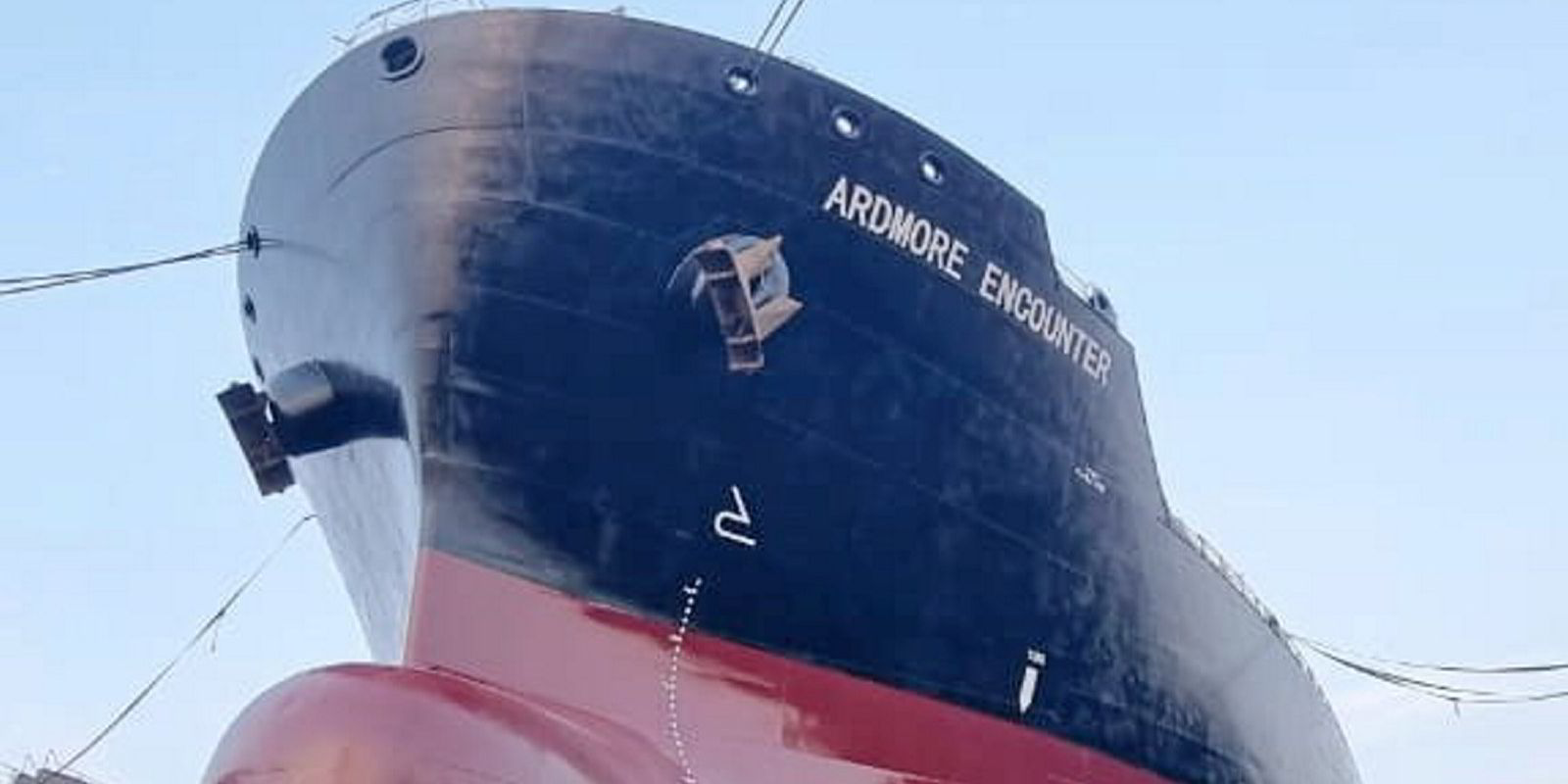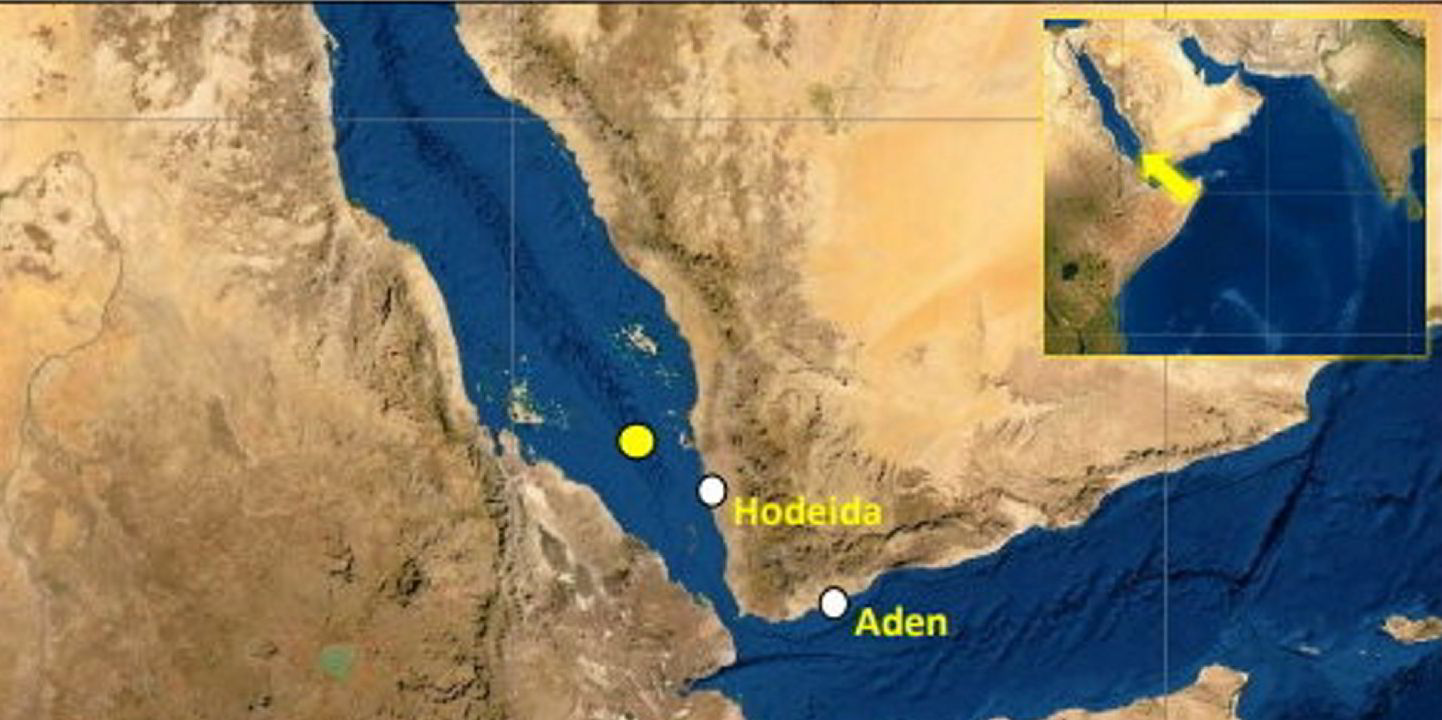Ardmore Shipping spent two-thirds of its $40m dry-docking costs in 2023 on measures to cut emissions as it prepares its fleet for a transition to new fuels.
Senior company officials told TradeWinds that a bumper year of earnings had allowed the New York-listed company to invest in upgrading its 26-strong fleet of product and chemical tankers as well as reducing debt.
Ten of its vessels went in for dry-docking this year in China but only one-third of the costs went on traditional cleaning, inspection and repairs, with the bulk spent on improving efficiency measures.
The company said it would finish fitting nine of its ships in 2024 with modular exhaust scrubber systems that can also capture carbon. It is evaluating their performance, with the possibility of more to come.
The company has said it assessed more than 100 possible technologies to future-proof its ships. Other upgrades installed in 2023 include micro-boiler systems to reduce energy use in port.
Bart Kelleher, chief financial officer at the Cork-headquartered company, said: “The work we have been doing has focused on making our existing fleet as efficient as possible and we [are] continuing that work into the new year.
“2023 was another really strong year and has given us tremendous financial strength to deleverage the balance sheet and put us in the strongest position we’ve ever been in. We’re excited about the next year ... we are ready to reap the rewards.”

The International Maritime Organization’s target of at least 20% emissions cuts by 2030, based on 2008 figures, rests predominantly on efficiency gains and energy-saving measures including improved paints and maintenance, slower steaming speeds and use of wind power.
The strategy, agreed in July, aims for 5% of fuels to be zero or near zero carbon by 2030, with the shift to cleaner hydrogen-based power not expected to expand rapidly until after that date as owners consider options and the infrastructure is put in place for the next generation of shipping.
Ardmore said the state of the transition played to the strength of the company and its “Goldilocks” fleet — one that is not too young and not too old — as it focuses on efficiency gains rather than taking an early leap on an alternative-fuelled fleet.
The organisation does not have any newbuildings on order and the average age of its operated fleet is nine years.
Gernot Ruppelt, chief commercial officer at Ardmore, said: “We feel we have time on our side, time for the cycle to play out and for the technology to play out. Some of these vessel upgrades are giving us incredible returns.”
The shipping industry is entering the final phase of making dry-docking count to hit the first decarbonisation targets by 2030, Lloyd’s Register chief executive Nick Brown said.
Brown added that the five-year dry-docking cycle meant ships would be getting their last opportunities for meaningful upgrades and retrofitting to cut their emissions targets.
The IMO has set a target of reducing emissions by 20%, with an ambition for 30%, by 2030 based on 2008 levels. The first stage will only be achieved by efficiency-saving measures before green fuel developments kick in.
“I think there’s still some scepticism in the industry whether energy-saving efficiencies claimed by the manufacturers can be believed,” Brown said.
Konstantinos Kyriakopoulos, the chief executive of DeepSea Technologies, which specialises in digital optimisation of ships, said most of the shipping industry had nothing at the moment.
His company uses sensors to work out the best use of fuel, speed, power and route-planning for ships. Speed planning alone can improve emissions by up to 12%, he told TradeWinds.
But the installation is best carried out during a single dry-docking.
“It's rare to have a newbuilding that doesn’t already have some sort of system collecting data,” he said.
“But most of the shipping industry has nothing. So everything is still to play for over the next 10 years.”
Ruppelt said the company continued to benefit from changing trade flows following Russia’s invasion of Ukraine — including a shift in emphasis across the world from energy transition to security — and a 20-year low orderbook.
In its last reported figures, the shipowner posted net income of nearly $89.8m for the first nine months of 2023, up from $84.6m in the same period of 2022.
The company’s shares were trading at $14.25 on Monday, down from a peak of more than $18 when the European Union imposed its import ban on Russian oil products in February 2023 but higher than at any time since 2015.
Read more
- Bullets and missiles fired at Ardmore tanker in latest Houthi attack
- Listed shipowners lift values as Clarkson Securities identifies ‘rising tide’ for shipping
- Ardmore profit dip is slimmer than expected as product tanker momentum builds
- Ardmore Shipping shares sell off on unusually high volume
- Product tanker rates creep up as Northern Hemisphere winter approaches





